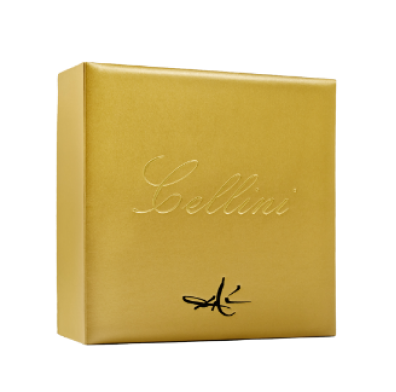Dalí’s sea: the landscape where dreams are born
The sea has a tangible presence in Salvador Dalí’s work. It might be in the background of a scene or lend its light to a composition, but it is always a real landscape: a particularly unique spot of the Mediterranean that is now part of the history of art.
The significance of the sea
It takes less than an hour to get from Figueres, Salvador Dalí’s birthplace, to a unique natural area, framed by the Cap de Creus. Anyone visiting this place for the first time will recognise the light that shines in his paintings. It is the light of Portlligat, in the bay of Cadaqués.
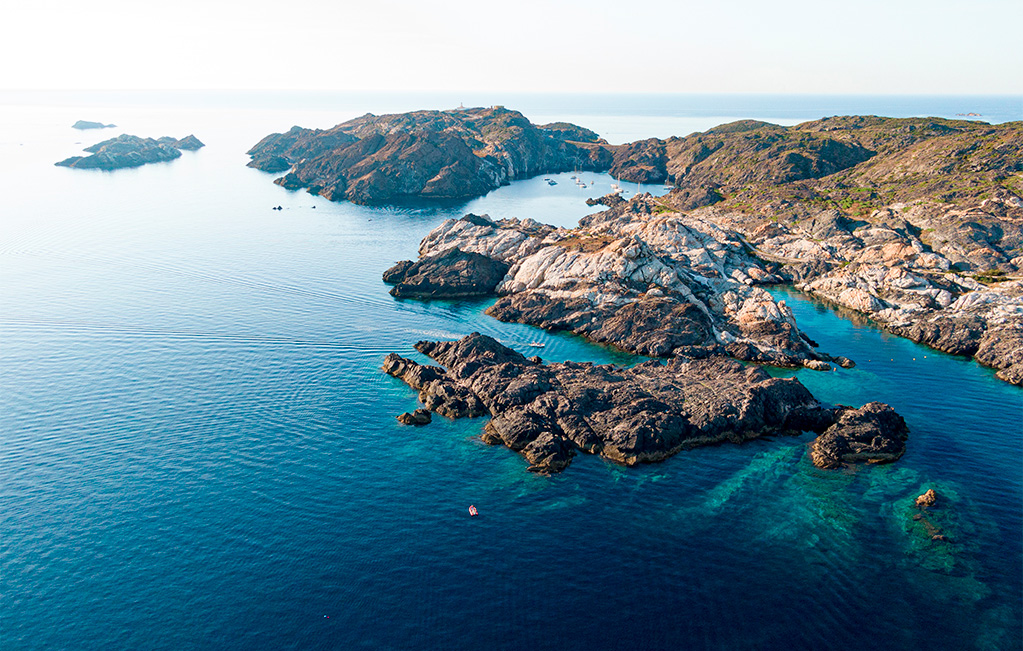
Cap de Creus, Girona, España.
The sea in this region was not only a means of subsistence until the early 20th century, but also its main access route: living in Cadaqués was the closest thing to living on an island. The hypnotic beauty of this landscape shaped Dalí’s artistic personality and fundamental elements of it play a major role in his art: the light, the rocks, the air and the blue of the Mediterranean.

Cadaqués, Girona, España.
A dreamlike vision
He was able to capture the essence of the landscape even from his earliest days as a painter. For example, through the peaceful atmosphere of Young Woman at the Window, one of the most significant works of his formative period, a young Dalí reveals the influence of Picasso and masterfully combines the distribution of space and the different tonalities. The girl is Anna Maria, the artist’s sister, and the sea she looks out over is the bay of Cadaqués, where the Dalí family spent their summers. The composition suggests a gentle breeze, subtly emphasised by the movement of the curtains.
“My mystical paradise begins on the plains of the Empordà, flanked by the hills of La Albera and finds its fulfilment in the bay of Cadaqués”.
Salvador Dalí
Returning to his roots with a view to the future
Dalí decided to leave New York in the late 1940s to settle permanently in his native land. He had purchased a fisherman’s house in 1929 in what was then an isolated spot and turned it into his home and main workshop until 1982, the year of Gala’s death. Today it is the Salvador Dalí House-Museum in Portlligat.
Already a renowned artist, Dalí chose a place where he could experiment: a universe where wide skies and small coves live side by side with paradoxical figures and the visual wonders that shape his own language.
Clocks, skies and cliffs
Dalí’s first summer in Portlligat inspired one of his best-known works: The Persistence of Memory (1931). The sea and distinctive rocks of the bay are depicted in this painting, as they are in Leda Atómica (1949) and The Madonna of Portlligat (1950).
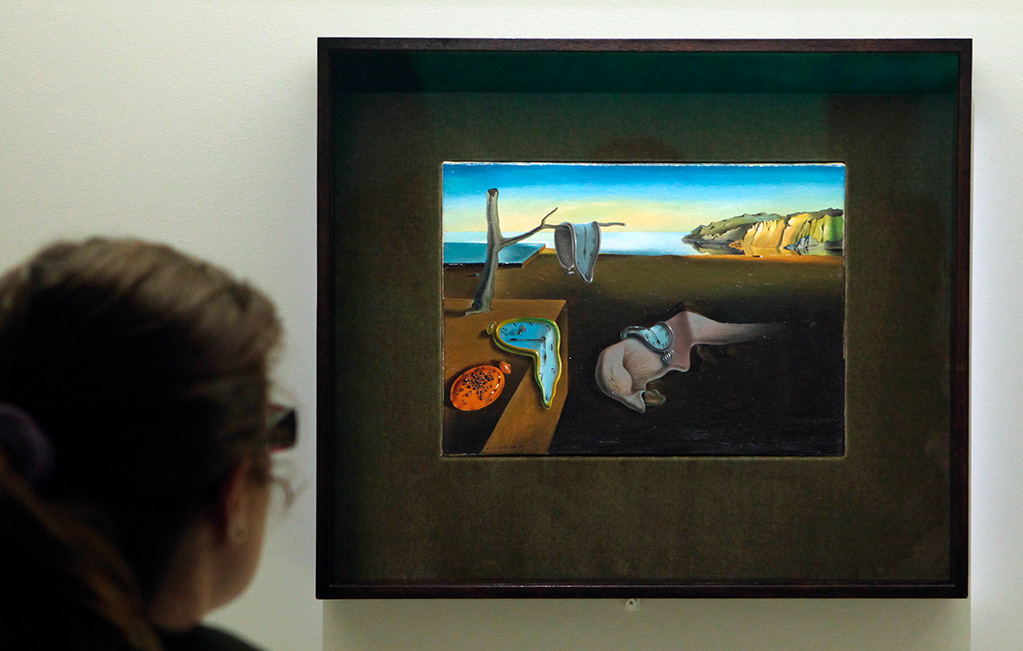
La persistencia de la memoria, 1931. Óleo (24 × 33 cm.). MoMA, Nueva York, Estados Unidos.
The sea, transformed into a floating canvas, took on a singular significance for the artist in Dalí at the Age of Six, When He Thought He Was a Girl, Lifting the Skin of the Water to See a Dog Sleeping in the Shade of the Sea (1950). This painting encapsulates the essence of the creative quest championed by the Surrealists: you have to let yourself be amazed with the eyes of a child and learn to see beyond the surface of things.
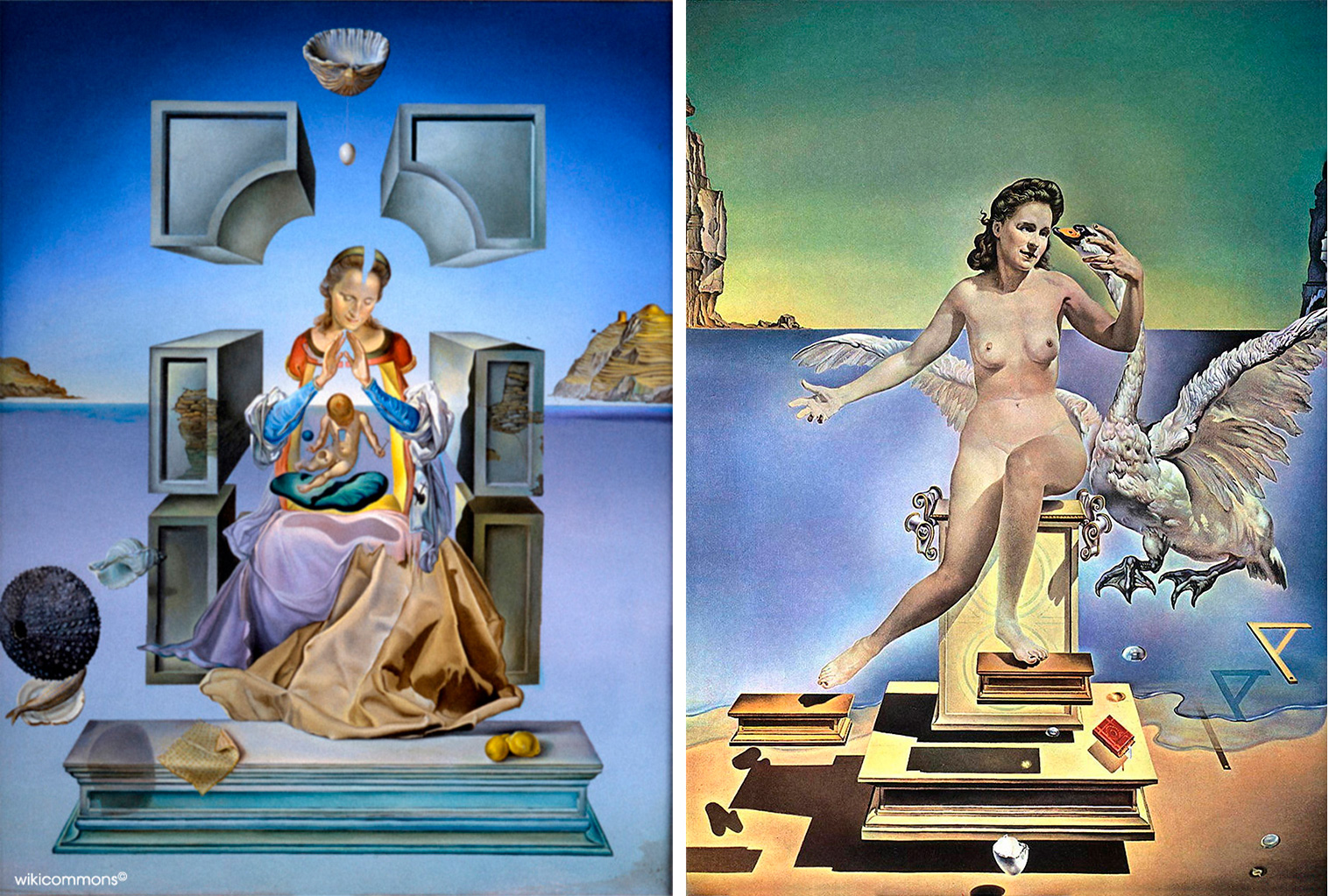
Izq. La Madona de Portlligat, 1949. Óleo sobre tela. Marquette University, Milwaukee, Wisconsin.
Dcha. Leda atómica, 1947-49. Óleo sobre tela (61 x 46 cm). Fundació Gala-Salvador Dalí, Figueres, España.
Space, time and genius
Dalí’s connection with the landscape wasn’t limited to geography. According to local lore, the tramontana, the wind that lashes the Empordà region, is one of the factors that shapes the character of those who live there. The consequences that used to be attributed to this turbulent meteorological phenomenon ranged from eccentricity to temporary alienation. This landscape is undoubtedly fertile ground for the seeds of surrealism to produce the movements most outstanding representative.
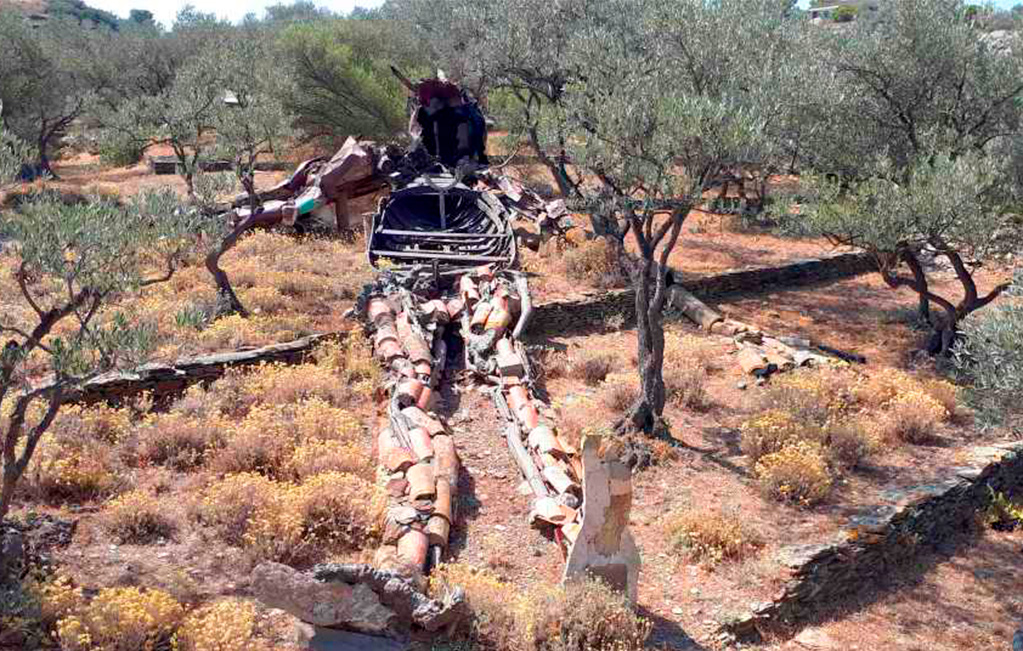
Cristo de los escombros, 1931. Situado en el olivar de la Casa-Museo de Portlligat, es una obra formada por distintos materiales de rechazo.
“Portlligat is the place of production, the ideal place for my work. Everything fits to make it so: time goes more slowly and each hour has its proper dimension. There is a geological peacefulness: it is a unique planetary case”.
Salvador Dalí
Dalí at ARTIKA
The surrealist genius has played a major role in our publishing history. ARTIKA’s catalogue includes four exclusive works on Dalí, now out of print: from our first limited edition, Don Quixote (2003), followed by Autobiography of Cellini (2004), The Essays of Montaigne (2005) and The Songs of Maldoror (2011)*. These are pieces that feature Salvador Dalí’s personal artistic vision based on four literary classics.
Don Quijote (2003), Autobiografía de Cellini (2004), Los ensayos de Montaigne (2005) y Los cantos de Maldoror (2011).


